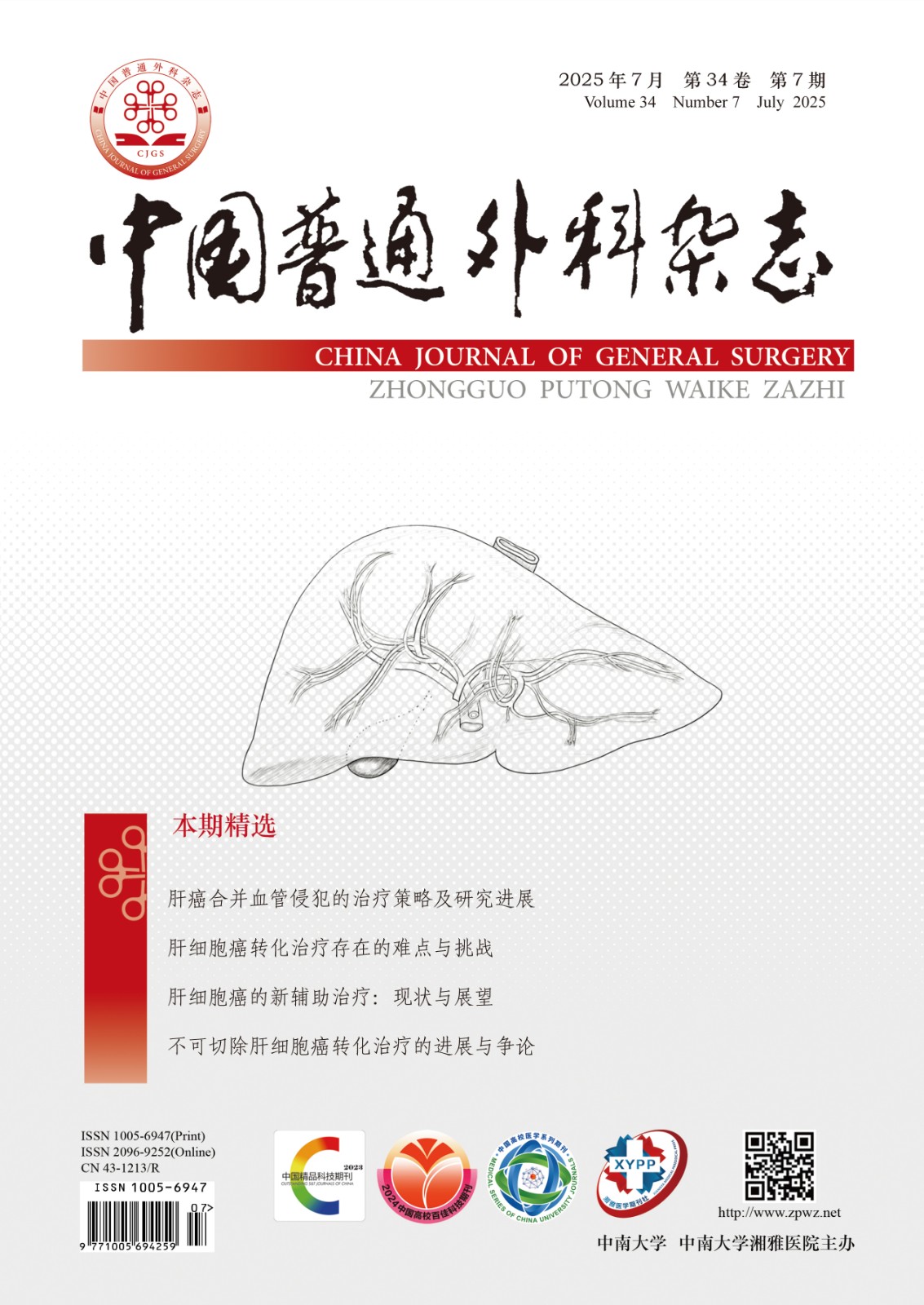Abstract:
Objective:To investigate the causes, clinical manifestation, treatment and therapeutic effect of the complications of therapeutic endoscopic retrograde cholangiopancreatography (ERCP).
Methods:The clinical datas of 4 810 cases of therapeutic ERCP performed in our center from May 2003 to December 2008 were analyzed retrospectively.
Results:Among the 4 810 cases of ERCP, 245 cases were accompanied with complications, including 113 cases of acute pancreatitis, 76 cases of acute cholangitis, 33 cases of alimentary tract hemorrhage; 1 death from multiple organ failure caused by duodenum perforation after EST, and 1 death from acute cholangiolitis accompanied by liver function failure. The mortality and the occurrence rate of complications after therapeutic ERCP was 0.04% and 5.2%, respectively.
Conclusions:Strictly adhering to the indications and contraindications of ERCP and EST, skillful manipulation, adequate drainage of biliary tract and close observation of changes in patients′candition after ERCP, could diminish the complications and improve the safety of therapeutic ERCP.

